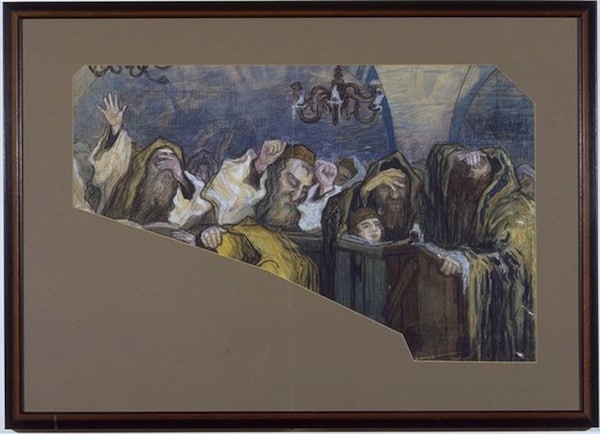In Poland, prior to the outbreak of the Second World War, Moshe Rynecki was an artist who painted the day-to-day activities of the Polish-Jewish community in colourful, impressionistic scenes. When the Nazis invaded the country in 1939, Rynecki’s art reflected the tragic turn that the community suddenly faced, switching to a muted palette featuring little or no colour and depicting Jews struggling in forced labour. Many of his works, like those of many other Jewish artists, were lost in the course of the Holocaust.
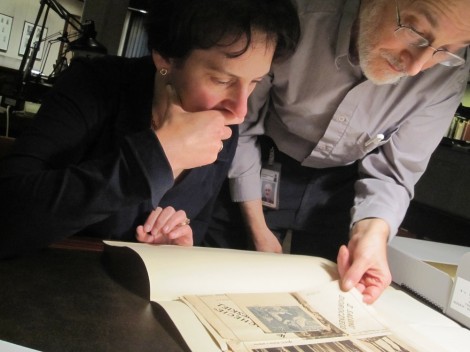
Dr. Barry Walfish shows Elizabeth Rynecki the Otto Schneid Archives. PHOTO COURTESY F.S.
Many years later, Moshe’s great-granddaughter Elizabeth Rynecki came to Toronto to meet a man who owns four of her grandfather’s lost paintings. The man’s parents were Polish partisan fighters in Russia who purchased a bundle of Moshe Rynecki’s paintings from a farmer while walking back to Poland after the war.
Moshe painted as many as 800 works, but Rynecki is only aware of 120 that have survived to this day.
Rynecki does not expect to find all of these paintings: “I know the collection will never be whole again, but I feel compelled to search for the lost and missing pieces because as the fragments come together they tell a larger story — a story of a community destroyed by the Holocaust and of the life of my great-grandfather,” she said.
Rynecki gave a public lecture at an event hosted by the Centre for Jewish Studies at U of T. During the question period, Barry
Walfish, Judaica and Theology Specialist at the Thomas Fisher Rare Book Library, stood up to ask whether Rynecki was aware that the library’s archives held photographs of many of the works she described.
Rynecki recalls feeling chills when Walfish made his comment. Following the lecture, they immediately headed over to the library. Reflecting on this experience, she notes “I learned of photographs of paintings, newspaper articles, and handwritten letters by my great-grandfather that I never knew existed… I had never before seen my great-grandfather’s handwriting. The letters in Polish are beautiful in and of themselves. His cursive was gorgeous. I don’t know what the letters say. I’m in the process of getting someone to translate them for me.”
The archive also held a clipping from a German newspaper article about Moshe and his artwork as well as several envelopes addressed to the artist.
These pieces are part of the Otto Schneid Archive, which is held by the University of Toronto. Schneid was an artist and historian who was working on a monograph on twentieth century Jewish art in the early 1930s. He corresponded with Moshe and other Jewish artists. After Nazis confiscated the printing plates for his book, he managed to bring his manuscript — along with various photos of artwork and other relics — from Poland to Israel, and then to the United States before finally bringing it to Toronto. An artist himself, Schneid’s paintings are held by the Royal Ontario Museum and by University of Toronto Art Centre, among other institutions.
Years later, Schneid’s wife donated his collection — which includes over 5,000 items such as manuscripts, correspondences with artists and public figures, photographs of lost artwork from Jewish artists, and many of their autobiographies — to the university.
Rynecki muses: “It’s like she knew that someday, someone would come along, and care about her husband’s work. That his work was not just lost in time, that the things he saved — my great-grandfather’s photos of his paintings, letters he wrote, articles about him — and his own manuscript, would someday be useful to someone… There’s something profound about an actual physical link to the past — the things my great-grandfather
touched and created.”
Rynecki adds that her findings at U of T are worth far more than their physical sum: “We are very much related to and impacted by the past… It’s all a series of interconnections that have the power to change and shape our worlds. So I guess what I found are “things,” but that the bigger picture really is that I found more fragments to a larger story that I’m really still trying to assemble and understand.”
Danielle Klein is a work-study student at the Centre for Jewish Studies.
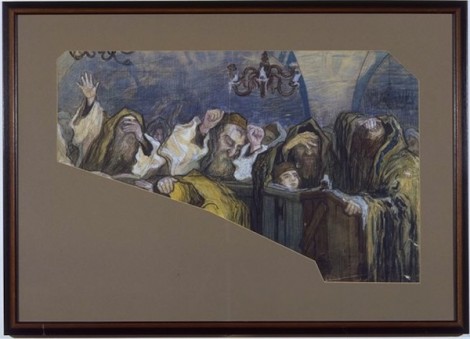
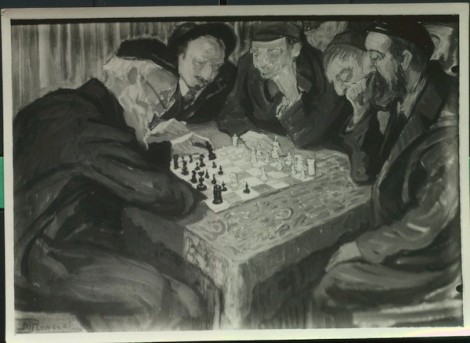
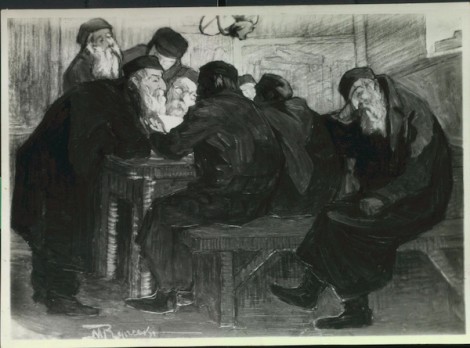
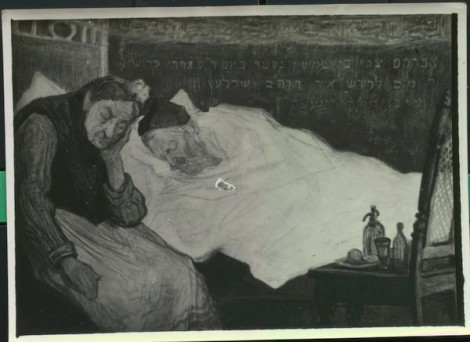
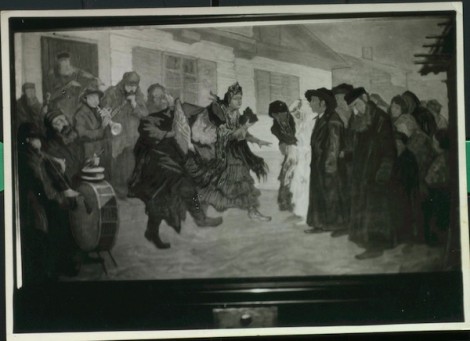
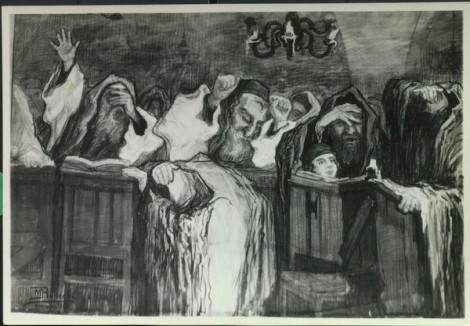
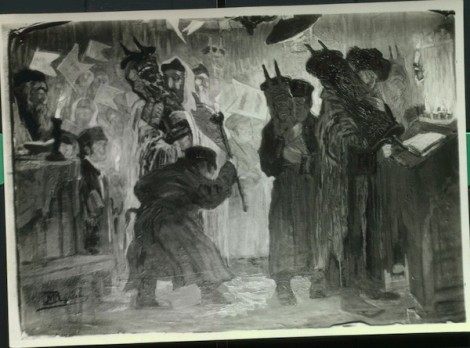
Images courtesy of the Thomas Fisher Rare Book Library, University of Toronto

